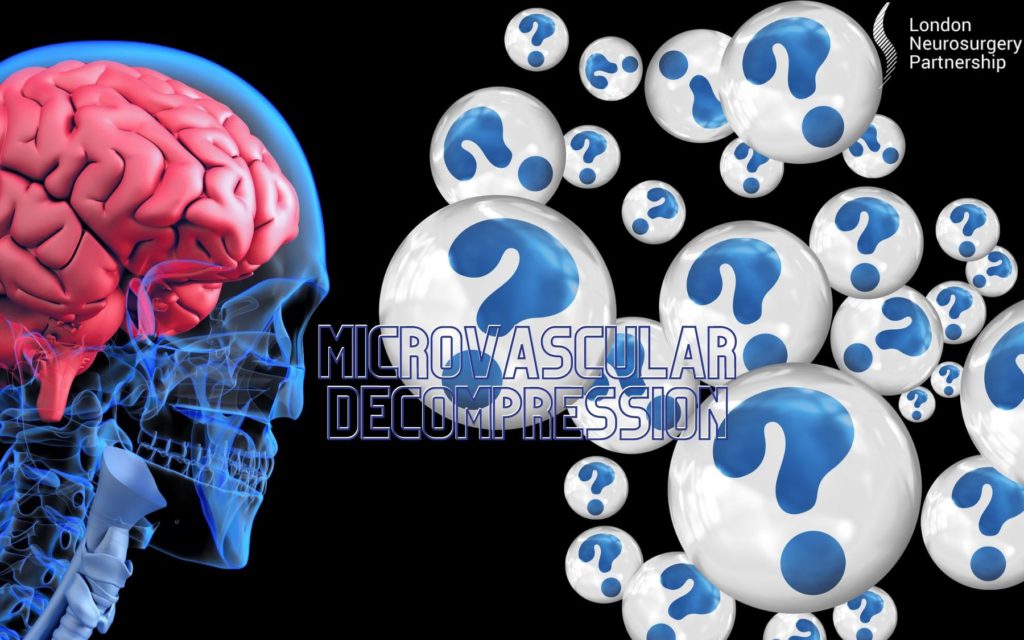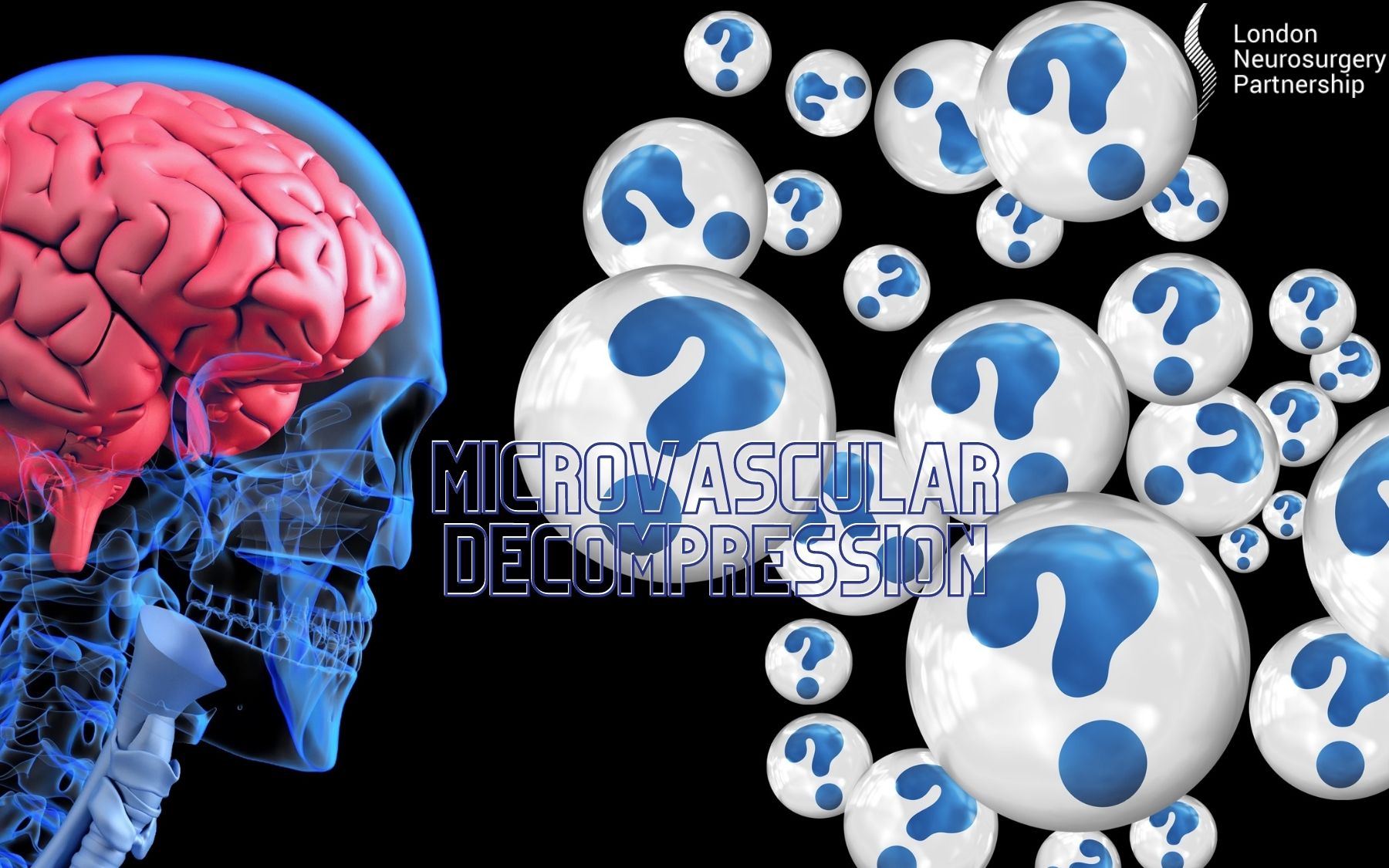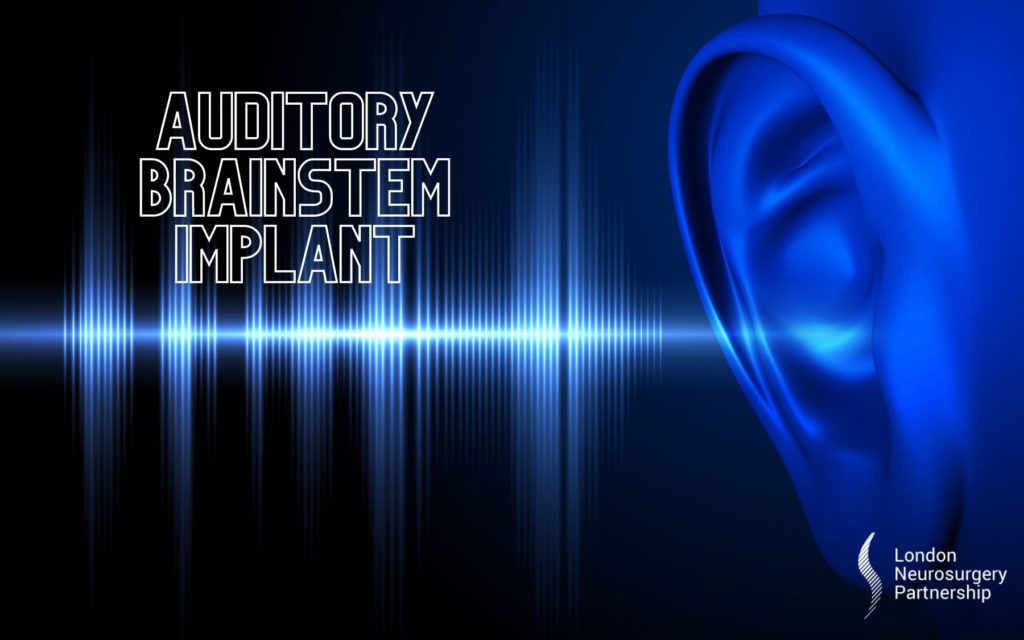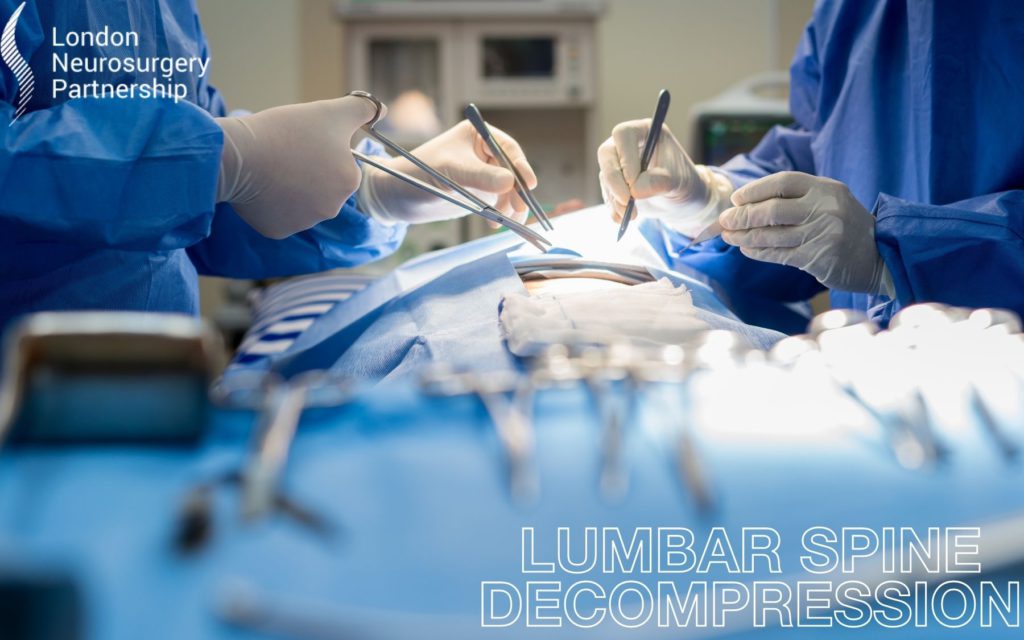
A microvascular decompression is a surgical procedure performed to relieve and treat the symptoms associated with compression of a cranial nerve by an artery or vein. A microvascular decompression is often used as a treatment for trigeminal neuralgia, glossopharyngeal neuralgia and hemifacial spasm when medical treatments have failed. Medications can often provide relief initially for the symptoms of these conditions but drugs can become ineffective or cause side effects and at this point a microvascular decompression may be an option.
What happens during the procedure?
Microvascular decompression surgery involves creating a small opening in the skull to expose the compressed nerve – the trigeminal nerve and inserting a small sponge like piece of gauze between the nerve and the compressing vessel. This sponge puts a small amount of distance between the nerve and to pressure of the blood vessel. By releasing this pressure the symptoms should be relieved.
What happens after surgery?
Immediately after surgery you will be taken to the recovery suite where you are closely monitored as you wake up from the general anaesthetic. Then you will be taken to your recovery room to be monitored over night. You will be able to go home within one or two days post surgery and will be able to get up and walk around. Headaches and some pain is common following surgery and you will be given medication to help with this. During the weeks following surgery it is advised not to do any strenuous work, exertion or lifting. You should be able to gradually increase your activity levels. You will return to see your consultant a couple of weeks post operation for a check up.
Who is a candidate for microvascular decompression surgery?
This procedure isn’t suitable for everyone however, you may be a potentially good candidate if:
- You have trigeminal neuralgia which is not well controlled with with medication
- You have isolated facial pain
- You have facial pain recurrence following other treatments such as radiosurgery
Microvascular decompression can have very good results for relieving pain without facial numbness but like any surgery it carries risks. Both the risks and benefits should be discussed at length with your consultant prior to any decision regarding surgery.
This article is intended to inform and give insight but not treat, diagnose or replace the advice of a doctor. Always seek medical advice with any questions regarding a medical condition.
Back to facial pain conditions.






0 Comments